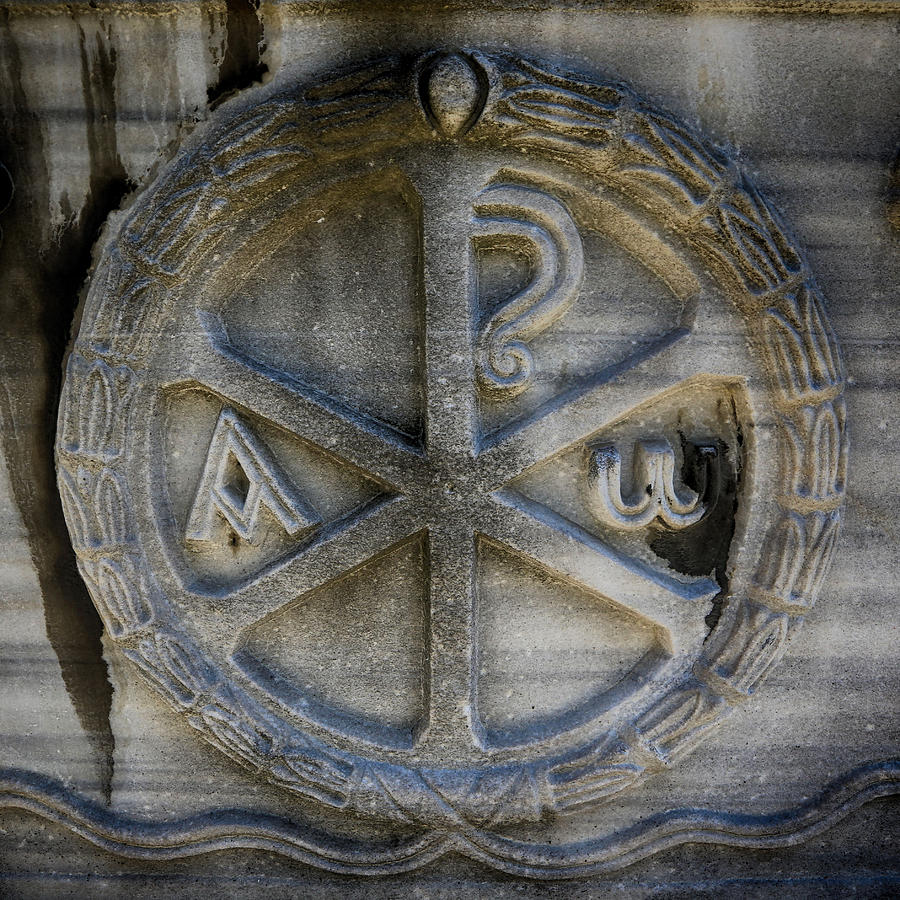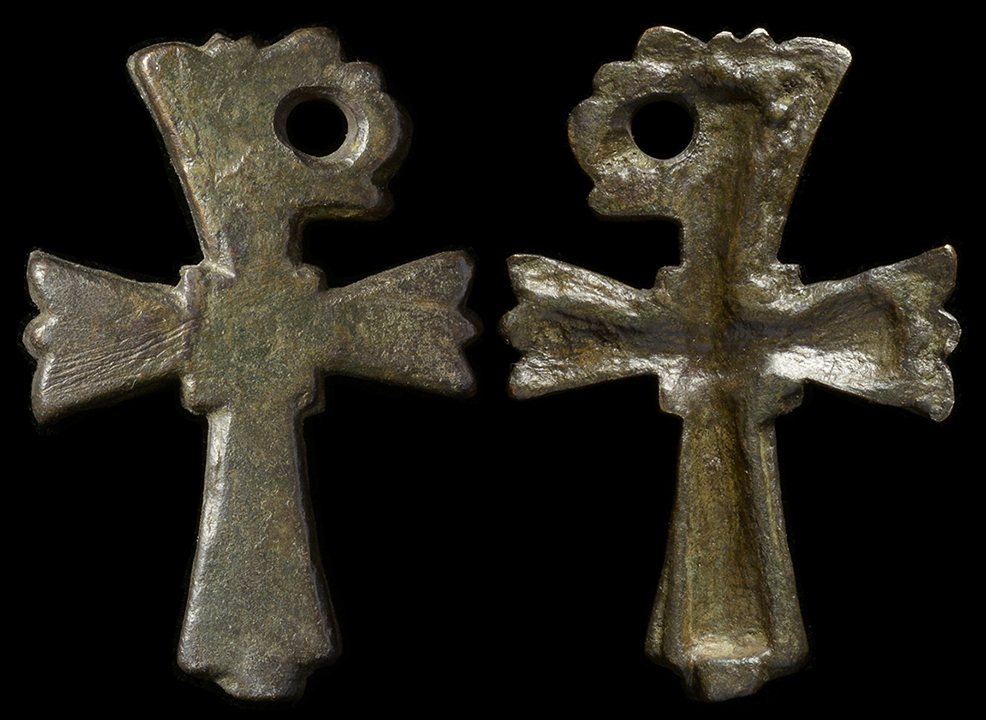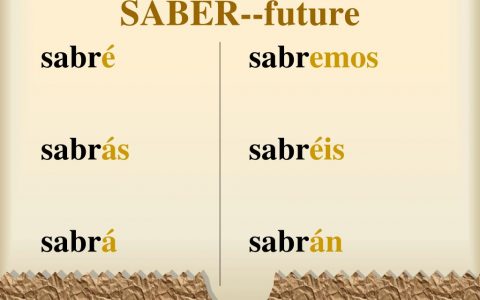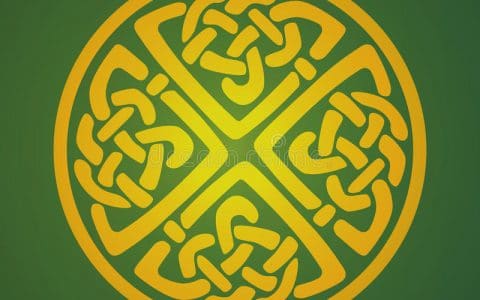
The Chi Rho symbol aka the Chrismon is one of the oldest forms of a Christogram. Now you must be wondering what a Christogram is. Well, a Christogram is similar to a monogram. In other words, it is a combination of letters that forms an abbreviation for the name Jesus Christ. The combination of two Greek letters ‘Chi ‘and ‘Rho’ makes the Christogram, taken from the Greek word Christos which means Christ. Moreover, the contemporary representation of the Chi-Rho symbol shows the two lines of chi crossing at 90 degrees, Nowadays the Chi-Rho symbol exists all around the globe, especially in churches. In addition to that, we also often see them on banners, candlesticks, rings, and other religious items.
Chi Rho symbol and history

According to historians, the famous Roman emperor Constantine (306–337 AD) used the Chi Rho symbol. He used to put the Chi-Rho symbol on his military standard, also known as the labarum. They hoped it would protect by the Christian god during battles. Long before Chi Rho became popular, people preferred using the staurogram symbol which means Jesus in Greek. Not only that but they also used the IX monogram. In addition, coins and rings from the same period had the Chi-Rho symbol on them Moreover, Christians also used this symbol in frescoes and on multiple sarcophagi.
During pre-Christian times, people used the Chi-Rho symbol to mark a specific or relevant passage in the margin of a page. Not only that, but some coins of Ptolemy III Euergetes back to 246 to 222 BC had a Chi Rho symbol.
Read Also:Infinity knot: a symbol of knot
Although the symbol consists of Greek characters, this symbol frequently appears in Latin as an abbreviation. Moreover, with endings added appropriately to a Latin noun. Therefore, XP, signifying Christo, “to Christ”.
Chi-Rho Unicode codepoints
The Chi Rho symbol has two Unicode codepoints. First in the Miscellaneous symbol block and second in the Coptic block.
Chi Rho origin and adoption

As shown above, the first public use of the Chi-Rho symbol was in the battle of Milvian Bridge happened on 28th October, 213 AD. the emperor defeated his brother-in-law Maxentius in this battle. The Labrum carried the shields marked with this symbol. They were Constantine’s standard warriors. According to historians, Emperor Constantine and his troops saw a symbol representing Chi Rho in the sky day before the battle, henceforth accepting it as a sign of god.
Chi-Rho and Constantine

Emperor Constantine the Great once saved a guy named Lactantius. He was of North African descent and the emperor saved him from poverty. Needless to say, he ended up as a great historian. Not only that, but he also became the tutor of Constantine’s son Crispus. So according to Lactantius, Constantine had a vision in his dream. In his dream, he received an order to put the “heavenly divine symbol” on the shields of his labrum. The description of the actual symbol seen by Constantine cannot be proven as Lactantius was unable to transcript it. Despite that, it’s said to closely resemble the Tau-Rho symbol or a staurogram which is a similar Christian symbol. The very same day he saw the vision, his army fought the forces of Maxentius right outside Rome. Not only that but they also won the battle of the Milvian Bridge in 312 AD.
Eusebius of Caesarea on Chi-rho
Moreover, Eusebius of Caesarea (260-340 AD) gave two different accounts of the events. He was the bishop of Caesarea in Palestine during the early fourth century. In addition, he was a prominent personality during the Christian period. Not only that, he even helped end the persecutions. Moreover, he participated in the First Council of Nicea. He wrote a church history shortly after the battle when Eusebius had not yet had contact with Constantine therefore he doesn’t mention any dream or vision but compares the defeat of Maxentius similar to that of the biblical pharaoh. He also stated that his victory became possible due to the divine protection provided to him by God.

Moreover, he wrote a memoir for the great Roman Emperor after his death. In this later version, he wrote that the Roman emperor decided to seek divine protection in the battle from the One God. At noon, Constantine saw a light over the sun which looked similar to a cross. Attached to it, in Greek characters, was the saying “Τούτῳ Νίκα!” which means “In this sign, you will conquer!”. Needless to say, not only Constantine, but his whole army saw the miracle. That very night, Constantine had a vision of Christ in his dream who told him to make a replica of the symbol he saw in the sky before. The sign would provide divine protection to him and his soldiers in the battle.
Chi Rho cross

In ancient times, Roman armies carried upright metal standards called signum into battles. From the time of the Republic, most standards had the letters SPQR engraved on them. The first letters of the four words are “Senatus Populus Que Romanus” in Latin which means “The Senate And The People Of Rome.”. In addition, often the symbol of Rome, or say an Eagle topped the Roman military standard.

In addition, Eusebius even stated that Constantine had the Chi-Rho on top of the military standard along with a banner of himself and his children configured under it. Eusebiuseven said, “had anyone else told this story, it would not have been easy to accept it.”
Chi Rho art

The Chi-Rho tattoo is of religious importance to the people wearing it. We identify it as one of the earliest kinds of Christogram. In addition, the symbol is made by superimposing the capital letters for chi and rho which are the first two letters of the ΧΡΙΣΤΟΣ. This word means Christos. Also, this is going to look like ‘X’ and ‘P’ respectively.
This symbol exists today in numerous variations. It has also led to the modern practice of putting the letter “X” in Xmas, in other words, Christmas.
Chi Rho pagan
Even before Christians, the Chi Rho symbol had connections with pagans. It is believed the pagan Greeks admired it as a symbol of good fortune. Pagan Greek scribes used the symbol in the margin to mark passages.
Past references of the Chi-Rho have been limited to the assumption that there was a strict split between pagans and Christians at this time. That is why we often treat the Chi Rho as an indisputably Christian symbol.
What does Chi Rho represent?
Early visual representation of the Crucifixion of Jesus and his resurrection is seen in the 4th-century sarcophagus of Domitilla in Rome. Chi Rho symbolizes the victory of rebirth over death. After Constantine, the Chi Rho became part of the official Imperial Regalia, also called Imperial Insignia, which were the regalia of the Holy Roman Emperor. Moreover, archeologists have discovered multiple pieces of evidence that prove the Chi Rho was inscribed on the headgears of Late Roman soldiers. By the same token, multiple coins and medals minted during Emperor Constantine’s reign also used the Chi Rho symbol.
Moreover, Chi-Rho began to be used on Christian sarcophagi and frescoes by the end of 350. Another Romano-British Chi-Rho, in fresco, was found at the site of a villa at Lullingstone. The symbol was also found on Late Roman Christian signet rings in Britain. Moreover, in 2020, archeologists discovered a 5th-century chalice covered in religious symbols and iconography. Moreover, it had the Chi-Rho in Vindolanda in northern England.
Chi-Rho in Gospel books
In Insular Gospel books, the beginning of Matthew 1:18 has a heavily decorated page. Here the letters of the first word “Christi” are written in Greek as “XPI”. Although the letters are written one after the other, the “X” and “P” are not combined in a monogram. These are known as Chi Rho pages due to the beautiful design they form.
Moreover, the famous examples of the use of Chi-Rho are in the book of Kells and the Book of Lindisfarne. The “X” was called the crux decussata, which is a symbol of the cross. The works of Isidore of Seville coupled with patristic and Early Medieval writers usually show this type of idea.
Chi Rho page in the book of Kells

One of the most well-known examples of the Chi Rho symbol ever seen is the Monogram Chi/Rho page from the book of Kells. That’s probably the most important monogram in the late 8th-century. It is arguably the finest of all illustrations of the Middle Age manuscripts. Needless to say, it is famous for the detailed designs and patterns of its Celtic art. The book was made in the monastery of Iona, on the western coast of Scotland by Irish monks. Nevertheless, the Book of Kells has a second Chi Rho abbreviation on folio 124 in the account of the Crucifixion of Jesus as mentioned above coupling with some manuscripts, the Chi Rho occurs at the beginning of Matthew rather than mid-text at Matthew 1:18. In some other works like the Carolingian Godescalc “XPS” in sequential letters, representing “Christus” which provides a steady place.
The Monogram page, made completely out of miniature paintings, is almost entirely dedicated to the two Greek letters Chi and Rho (the first two letters of the Greek word for Christ). Together it forms the famous Christogram. The details of the painting are mind-blowing. Filled with beautiful and detailed Celtic designs which feature the Celtic interlace. Coupled with Celtic spirals, key patterns, and zoomorphic images, the page also features several well-hidden figure images. These include three angels and two mice eating a communion wafer. Moreover, color pigments used in the Monogram page and other pages in the Book of Kells include yellow and red ochre, indigo, green copper. In addition, it also had the extremely rare lapis lazuli imported from mines in Afghanistan.
Chi-Rho FAQs
1. What is the meaning of the Chi Rho symbol?
Chi Rho also pronounced as “KEE-roe” is also known as an old Chinese symbol. In other words, it is a Christian monogram. In short, the combination of the first two letters of the Greek word Christos, from the Christogram which means “Christ”. The early Christians employed the Chi Rho symbol to symbolize both Jesus and Christianity.
2. What is the meaning of IHS and Chi Rho?
The Christogram IHS is a monogram symbolizing Jesus Christ. From Greek, it is an abbreviation of the name ΙΗΣΟΎΣ which means Jesus. Moreover, in the Eastern Orthodox church, the combination of the letters X, P, I, and X is arranged in the shape of the cross to form the symbol. Not only that, but they are also the first letters from two Greek words; Jesus and Jesus Christ.
3. What does Chi Rho symbolize?
Needless to say, the Chi Rho symbolizes the victory of resurrection over death. According to the pagans, it represented a good fortune.
4.What symbol did Constantine’s soldiers carry?
The labrum, or say the military standard soldiers of Constantine used to carry a banner or Vexillum that displayed the Chi Rho symbol.
5. What is the origin of the Chi Rho symbol?
Labrum was the standard soldier of Constantine. Early symbols similar to the Chi Rho were the Staurogram and the IX monogram.
6. What is the significance of the Chi Rho?
After Constantine, the Chi Rho became part of the official imperial insignia. Archeologists have discovered the presence of Chi Rho on the helmets of some Late Roman soldiers. Coins and medals minted during Emperor Constantine’s reign also bore the Chi Rho.
7. Did Constantine use the Chi Rho?
Christians used the Chi Rho symbol before Constantine but it became much more famous after he adopted it. The Chi Rho appeared on the coins of Constantine and his Christian successors.
8. Why did Constantine use the cross?
According to Eusebius, Constantine and his forces saw a cross of light in the sky. Along with that, they saw the Greek words for “in this sign conquer”.That night Constantine had a dream about Jesus. In the vision, Jesus told him to use the cross as protection.
9. When did the cross replace the Chi Rho?
The cross came to replace the Chi Rho as the main Christian symbol on coins In the 5th century.
10. Who made the Chi Rho?
The book was created around 800 by Irish monks in the monastery of Iona. This monastery was founded by Saint Columba in 563.
11. What was the Chi Rho monogram from the Book of Kells?
Folio 34r contains the Chi Rho monogram. It serves as the representative for the narrative of the life of Christ.
12. Is Chi Rho pagan?
Even before Constantine and the early Christians, the Cho-Rho symbol can be seen worshipped by pagans in ancient Greece. They did so in their belief that the symbol provided good fortune.



